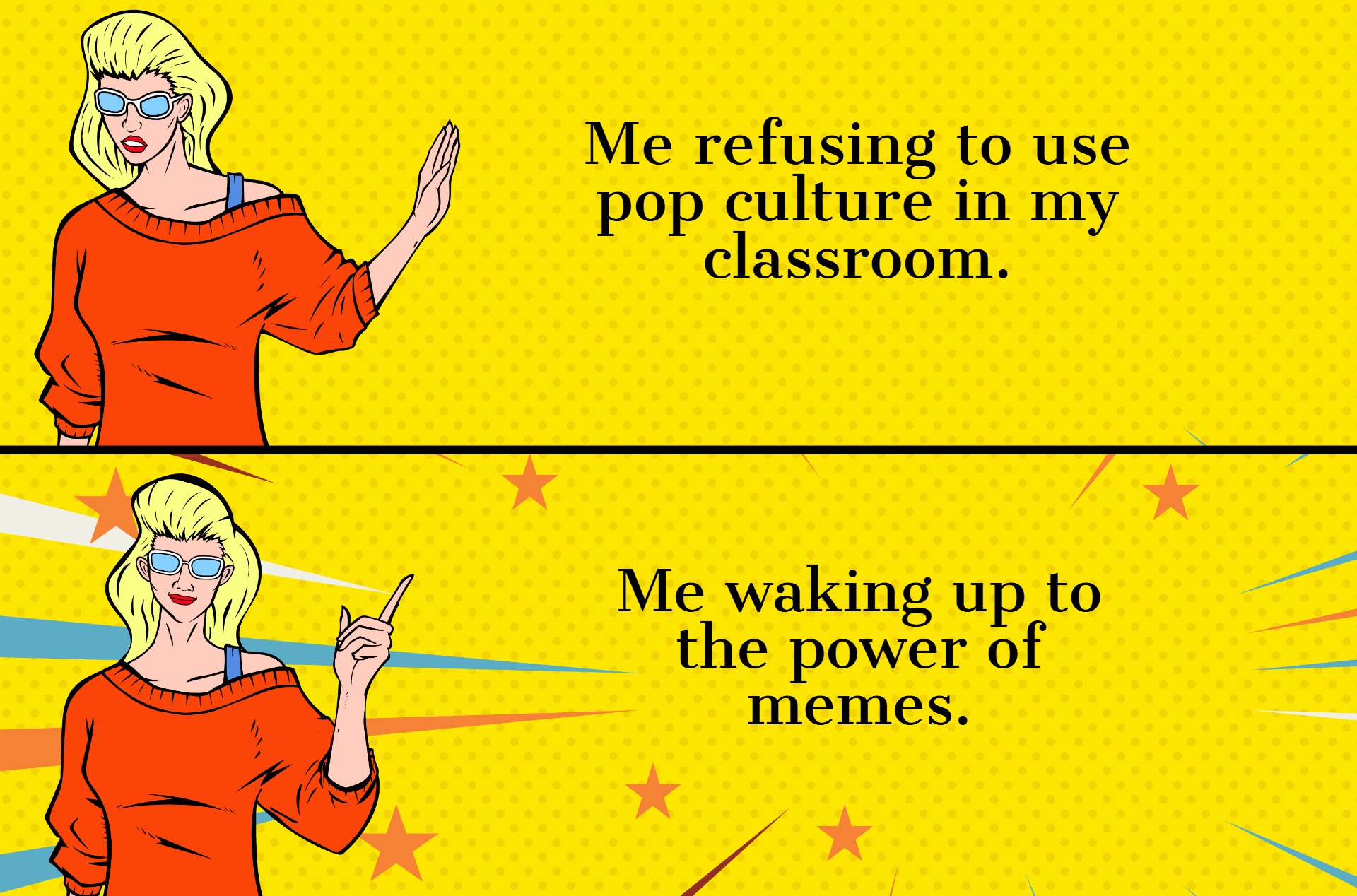Job shadowing during a pandemic
Can an in-person job shadow program be adapted to an online environment?

When you hear the phrase “job shadowing,” what comes to mind? If you’re like me, you might picture visiting a professional’s workplace and learning from observing, experiencing the environment, and asking questions. This is how our Job Shadow Experience at the University of Windsor worked; until, of course, the pandemic forced a change.
The in-person Job Shadow Experience
Before the pandemic, our in-person Job Shadow Experience was new, but solid. Learning from the University of Alberta’s job shadow program, we started ours by recruiting hosts (professionals) who registered via a Qualtrics survey. On our website, we posted hosts’ information and availability.
Students then completed online applications for the program, choosing their preferred hosts from the website list. We matched students with the appropriate hosts according to career goals, application quality, and availability.
Before their experiences, students attended orientation sessions to discuss the program process, professional etiquette, and how to ask valuable questions. Then they ventured out for their day or half daylong experiences and participated in informational interviews, observation, and tours. A week later, they returned to us for sessions to debrief and reflect on their experiences.
But how is this done online?
That question plagued us. The recruitment, orientation/reflection sessions, and interviewing components of the program could be easily replicated online but emulating the valuable experience of observing a host at work was challenging. After brainstorming and speaking with colleagues from other institutions, we came up with the Virtual Job Shadow Experience.
We wanted the program to be flexible and better fit the diversity of work situations and environments our hosts were experiencing. So in this version, hosts and students decided how much time they wanted to spend together, generally ranging from a couple of hours to a half day.
Hosts could use any online meeting platform they liked, but for those who didn’t have a preferred platform, we set up Blackboard Collaborate sessions and offered brief training on how to use the screen sharing function, etc.
We structured the experience into two parts: an informational interview and an additional learning activity. The learning activity was flexible and allowed students to observe parts of the hosts’ careers. We provided hosts with activity options and some contributed their own ideas. Knowing this might be intimidating for some, we also helped hosts plan their own activity options.
In response, our hosts were awesome and arranged a variety of learning activities. Some students sat in on professional virtual meetings or experienced mock interviews. Others experienced virtual workplace tours. Many hosts shared their screens to show work examples. Some had students participate in professional development sessions and then do mock work assignments based on their learning.
So, how did it go?
Over the past two semesters, we facilitated 69 Virtual Job Shadow Experiences. The feedback from students and hosts was overwhelmingly positive, with 100 per cent of students reporting the experience to be beneficial and responding hosts agreeing that the experience was positive.
We asked hosts if they found the online format to be as effective as being in-person. Seventy-nine per cent reported it being as effective. Twenty-one per cent reported that the online format was as effective as in-person, stating they were unable to show off their space as well as fully demonstrate different aspects of their work.
Some hosts preferred the online format. One said, “With the type of job I have, I would not be able to sign up for a full-day, in-person experience…The virtual experience was perfect.”
Others mentioned advantages like flexible scheduling, not having to worry about visitor security clearances, and limited distractions that allowed for meaningful dialogue.
“I was very pleased and excited about this program,” reported one host. “I can definitely say this is something that I wish to continue moving forward!”
Student reactions
That students were unable to visit the hosts’ workplaces was a common theme in their reflections. Despite this limitation, they also expressed that the experience was incredibly valuable.
Participants recognized the benefits of the virtual aspect, in particular the fact that the program was open to a wider variety of hosts from any location. Not only did this allow for more diverse hosts, but it also made the program accessible for students facing transportation barriers.
Students’ feedback was positive. One said, “I don’t think I have ever had such great return on time spent than through this experience.” Others echoed similar positive reactions as they recalled their learning.
“It was incredibly eye-opening to see how a seemingly theoretical degree can be applied to solve real-life situations and problems,” reflected one student. “This experience helped me confirm my career goals.”
We asked students about the next steps they would take with their newly acquired information. The actions students discussed included learning new skills, gaining volunteering experiences, obtaining specific certifications, joining professional associations, and more. One even clarified the direction of their thesis after learning about industry trends!
Lessons learned
The biggest lesson we learned during this online adaptation: clear, frequent communication is key. In this remote world, people receive so many emails (I know you can all relate) and can experience attention difficulties.
In the fall term, we noticed something we had not seen before with our communications with both students and hosts: they were missing things. There were missed details, missed emails, and misread information.
In the winter term, we remedied this by formatting our communications in clear bullet points with important information bolded and sent follow-up information in case things were missed. This helped significantly.
Next time, we’ll do both
The pandemic prompted us to change the structure of this program, but we adapted and provided more options for our students. Once we’re back on campus, we plan on offering this program with both online and in-person options so we can still attract diverse hosts, still make the program accessible for more students, and still offer in-person and online learning options.
Featured Jobs
- Veterinary Medicine - Faculty Position (Large Animal Internal Medicine) University of Saskatchewan
- Business – Lecturer or Assistant Professor, 2-year term (Strategic Management) McMaster University
- Psychology - Assistant Professor (Speech-Language Pathology)University of Victoria
- Canada Excellence Research Chair in Computational Social Science, AI, and Democracy (Associate or Full Professor)McGill University
















Post a comment
University Affairs moderates all comments according to the following guidelines. If approved, comments generally appear within one business day. We may republish particularly insightful remarks in our print edition or elsewhere.